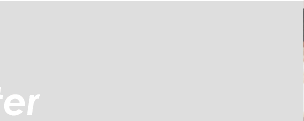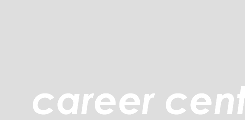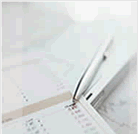 |
| |
| To
begin with, as you would for any journey, decide where you want
to go. The more specific you can make this decision, the better.
If you've been a teacher all your life and you want to stay
in teaching profession, the decision is simple; if you want
to switch to making computers, you'll need to dig a little deeper
and do some in-depth personal assessments.
Once you've decided upon a
goal, you have a resume target. This will guide you in selecting
details to highlight your skills that match, as closely as
possible, the requirements of the type of position you want.
Next, you need to decide what
your greatest strengths and accomplishments are — those
that are relevant to the position you want to obtain. Many
people, surprisingly enough, have difficulty recognizing their
strengths and completely overlook some of the best ones. The
key to this is looking at what you do and/or have done from
the employer's point of view: How have your actions benefited
him/her?
Identifying accomplishments
is not as difficult as it sounds. Everyone has them, and often
we're unaware of them. If you've done something in your work
of which you're proud, it's probably an accomplishment. Often,
it helps to think in terms of situation / action / result:
What situation occurred? How did you resolve it? What was
the result?
If you can quantify the results
— by using percentages, amounts, or time frames, for
instance — you'll give your resume more authority and
"punch" when an employer reviews it.
|
|
The
15-second rule
|
When
preparing to start writing your resume, remember that an employer
is likely to spend only 15-20 seconds on an initial pass.
Your job is to capture his/her attention while encouraging
a more in-depth reading. This can be a valuable guide when
deciding what to include in the summary and what to delete:
Will it have enough impact to pass the 15-second rule? If
not, leave it out.
The basic
parts of an effective resume are:
- A
strong, clean, visually appealing appearance that invites
tired eyes to read.
- A
dynamic, powerful initial summary of skills that targets
the job goal.
- A
strong, well written work history that highlights the last
1-10 years; earlier positions can be included in condensed
fashion unless these skills are needed for your current
goals.
- A
section detailing formal education, professional development
(workshops, seminars, or other training that relates to
your job goal), and any relevant certifications you have.
- Depending
on your level or field, a table or list of specific technical
or managerial skills may be useful for a quick scan.
|
Visual
appearance |
| If
you generally submit a resume that's in 8-point type, with one-quarter-inch
margins all around (a mistake often made by proponents of the
one-page myth), sit back and take an objective look at it. Would
you want to read it? Will it stand out in a stack of resumes?
Does it invite the reader to dive in, promising well-designed,
well-laid-out information in an easy-to-read format? If not,
you need to redesign it. Use
margins of roughly 1" all around, or as near to that
as your information will allow. If you're at a mid-career
level, use a two-page goal as a rule of thumb; at executive
or highly experienced levels, you might consider a three-page
resume depending upon your history and goals.
Remember
the one-page myth: If you have a strong work history, it's
self-defeating to condense it into one page to fit an arbitrary,
outdated "standard" that doesn't present your strengths
effectively.
When
you're finished, you should have a clean, attractive, inviting
piece that will be a relief and a pleasure to read. |
|
|
|
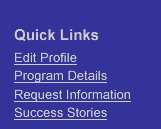
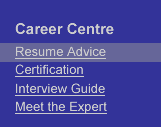
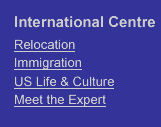
|
 |
